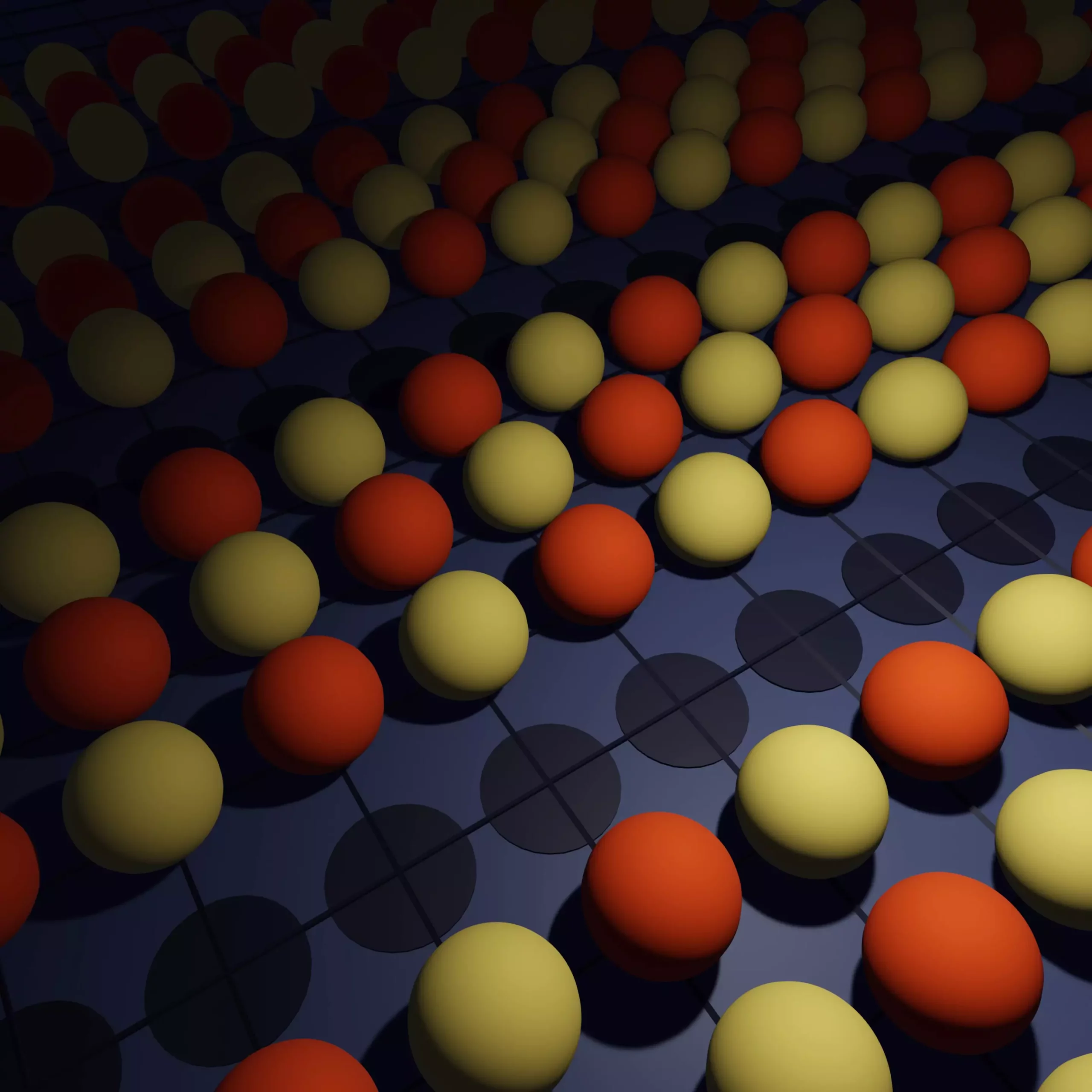In recent years, the quest for a comprehensive understanding of the pseudogap phenomenon—a critical challenge in quantum physics—has gained momentum. This phenomenon, which has significant implications for superconductivity, has perplexed scientists for decades. A groundbreaking study published in *Science* has shed light on this enigmatic state, revealing insights that could potentially unlock the elusive goal of achieving room-temperature superconductivity. This discovery not only represents a theoretical advancement but also promises practical applications, from efficient power transmission to enhanced medical technologies.
Superconductivity is characterized by the ability of certain materials, typically metals, to conduct electricity without resistance under specific conditions. While advancements have been made with high-temperature superconductors—those which operate at frigid temperatures (under -140°C)—the realm above these extreme cold conditions remains fraught with hurdles. Specifically, materials such as copper-oxide compounds transition into the pseudogap state, where their behavior becomes erratic, alternating between metallic and semi-conductive properties.
The pseudo-state presents a unique challenge, as it is fundamentally rooted in quantum mechanics and the entanglement of electrons. The persistence of the pseudogap state at elevated temperatures and its uncertainty as the system approaches absolute zero (-273.15°C) has long been a conundrum. This state exemplifies a complex interplay of electron configuration where at times, they behave like normal metals but can also exhibit semiconducting properties, creating ambiguity in predicting their behavior.
A pivotal aspect of this investigation involved employing computational methods to model these states effectively. The complicated nature of quantum entanglement requires innovative algorithms capable of simulating electron behaviors under various conditions. By applying advanced computational techniques like the diagrammatic Monte Carlo method, which track interactions across an entire lattice, researchers have navigated these convoluted landscapes of quantum states.
Antoine Georges, a key figure in this research, likens the process of understanding the complex behaviors of electrons to clearing a fog from a landscape—a metaphor for the gradual accumulation of knowledge that offers clarity in the chaotic realm of quantum physics. By bridging gaps in computational models, this study allows scientists to discern spatial patterns, such as the emergence of “stripes,” which indicate distinct arrangements of electron spins.
The Hubbard model, a foundational representation in condensed matter physics, serves as the framework to explore these interactions. Initially proposed in the 1960s, this model has evolved to enable researchers to simulate the conditions under which superconductivity can occur. The ability to combine different computational approaches for varying temperature regimes marks a significant advancement, providing a coherent narrative about how these materials transition through various states, particularly the pseudogap.
The research elucidates that as materials descend towards absolute zero, those within the pseudogap state can indeed develop stripe patterns—an unexpected outcome that contradicts prior assumptions that this phenomenon would invariably lead to a loss of superconductivity. This directional evidence supports the notion that modifying the Hubbard model can induce superconductivity rather than hinder it as temperature declines.
Remarkably, the study highlights that the nucleation of the pseudogap correlates with the emergence of checkerboard patterns in the electron arrangements, indicating that these structural changes are crucial in its formation. This pivotal connection not only enriches our fundamental understanding of superconductivity but also lays the groundwork for future explorations into new materials that could host these extraordinary properties at more accessible temperatures.
Furthermore, these theoretical insights are not confined to academic inquiry; they extend to experimental realms such as ultracold atomic gases. Researchers can create conditions that mirror the pseudogap state in laboratory settings, enabling direct observation and validation of theoretical predictions. This convergence of theory and practical experimentation signifies a fruitful period of discovery where advancements in quantum optics can enhance our understanding of condensed matter phenomena.
As the scientific community collectively endeavors to decipher the complexities of quantum states, this study represents a significant stride toward realizing the transformative potential of superconductivity. The promise of room-temperature superconductivity looms on the horizon, heralding advances that could revolutionize energy systems, transportation, and medical imaging for future generations. The importance of interdisciplinary collaboration becomes evident as various fields coalesce, striving to unravel these complex problems that lie at the forefront of modern science.

